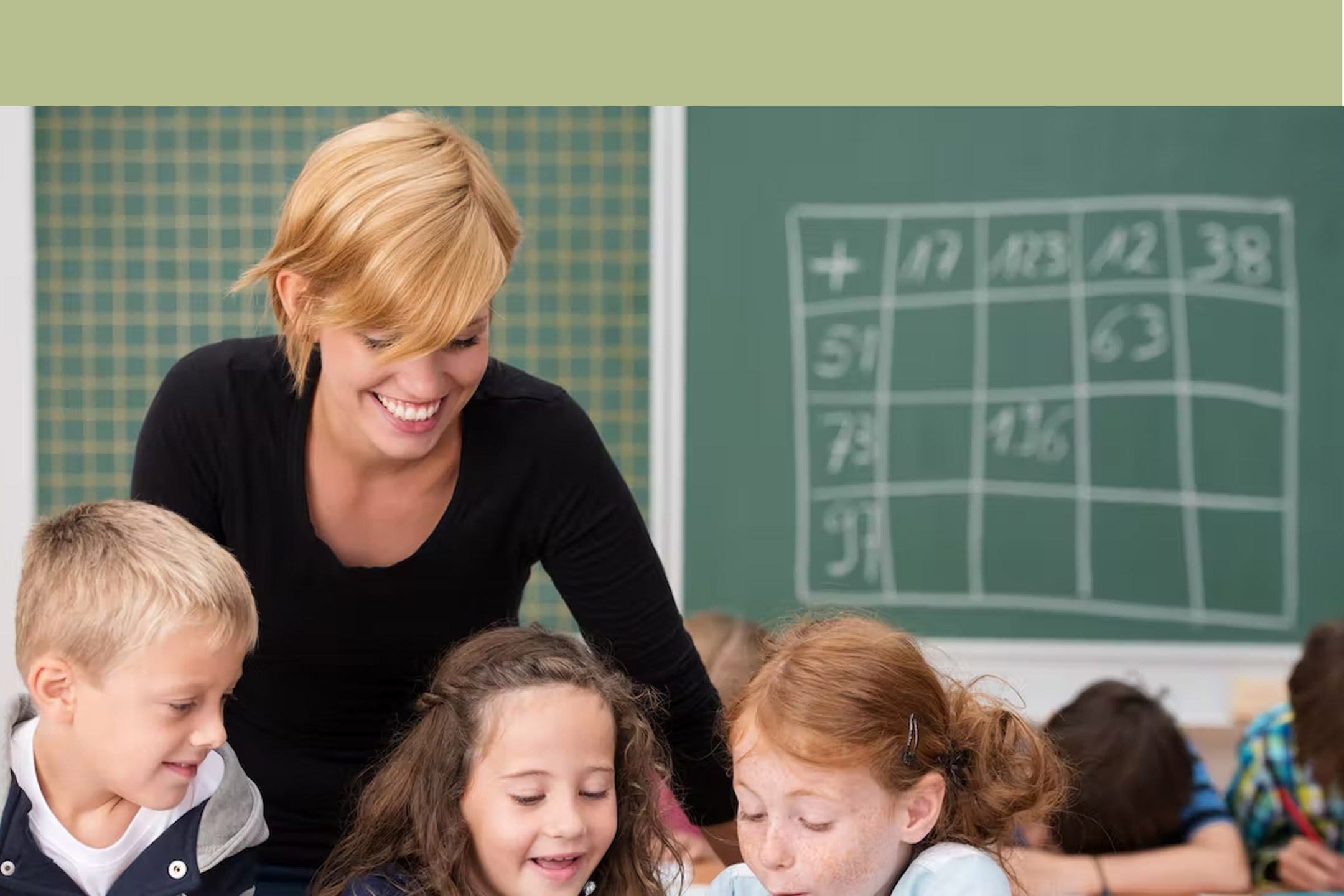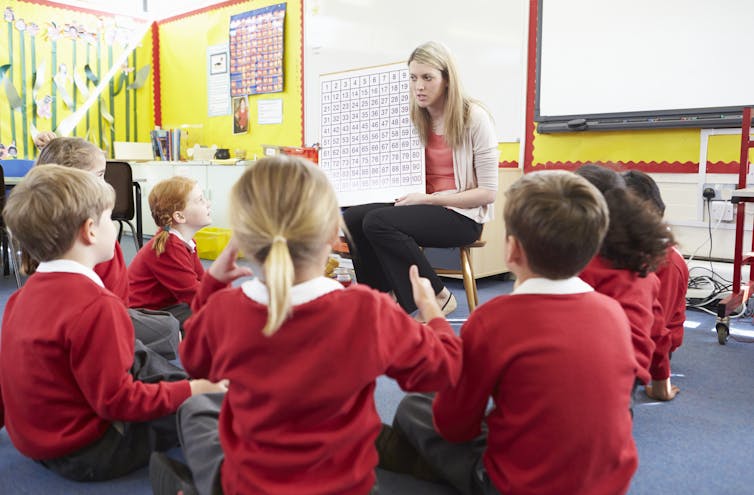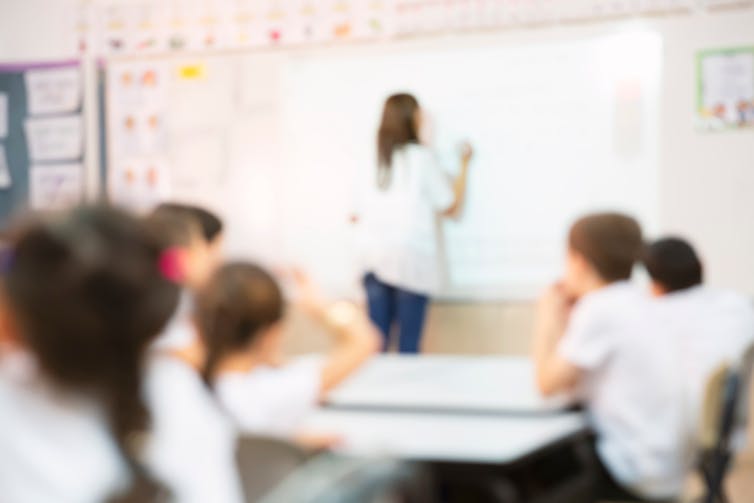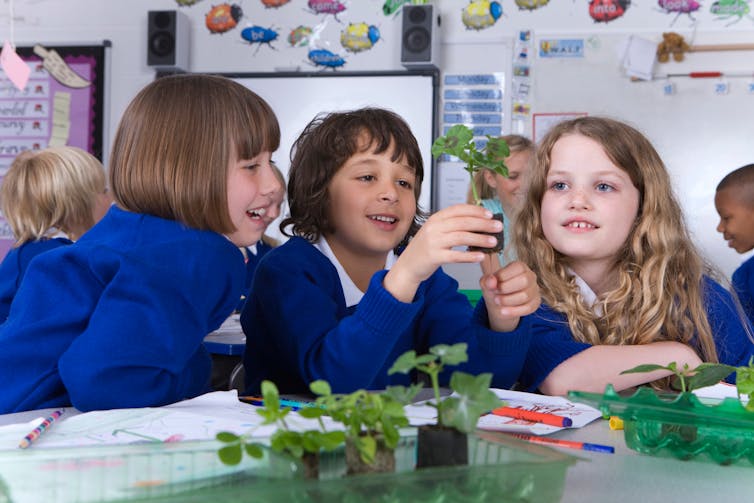
22 Aug Is there a ‘right way’ to teach?
Recent debates suggest yes, but students and schools are much more complex, report Jane Louise Hunter and Don Carter.
New South Wales has just announced a curriculum “shake-up” for primary schools to start in 2027.
Along with new content about the human body, consent, and screen time, the way students are taught will change. This involves an emphasis on “explicit instruction” and a move away from student-led or “inquiry-based learning.”
This follows recent moves in Victoria and Queensland to implement “explicit instruction” around reading.
What does this mean?

Explicit instruction
According to the NSW Education Department, explicit instruction or teaching involves teachers “clearly explaining, demonstrating and modelling to
students” why they are learning something, what they need to learn and how it connects to what they already know.
It does not involve “students engaging in independent learning activities and problem-solving before teachers provide the necessary explanations, demonstrations, or modelling.” This latter approach describes “inquiry-based learning.”
This approach prioritises critical and creative thinking so students can develop their abilities to ask questions, interpret evidence, form explanations and arguments, and communicate findings.
Announcing the changes this week, NSW Education Minister Prue Car said:
For the first time, primary school teachers have a set of syllabuses that make sense together […] Teachers will have clarity on exactly what they need to teach, based on evidence.
But the way this evidence is presented is problematic.

Dimitry Pistrov/ Shutterstock
Is it really one or the other?
These changes and the media coverage around them suggest there are binaries or “either/or” options when it comes to teaching methods.
For example, those in favour of explicit teaching claim they have found “what works best” in the classroom. As the Australian Education Research Organisation notes, it “allows students to process new information more effectively”.
Yet my research on successful approaches in Australian classrooms reveals teachers use a range of strategies to teach and engage students.
This is important because research shows exposing students to different kinds of learning experiences is important for their development. One teaching approach in one school for one student in one subject will differ from another in another content area. Context matters.
So teachers need to be able to use their professional judgement in the classroom. This is why some scholars argue we should see teaching as an art and not a precise science.
Why are we having this debate?
We see regular headlines about students “falling behind” and schools failing (even though this is not necessarily accurate). This is combined with ongoing criticism that our teachers are not adequately prepared for the classroom.
But politicians have a vested interest in the school system being (or appearing to be) “successful” for parents and voters. As my co-author Don Carter’s research shows, education ministers’ offices often seek rapid answers to wickedly complex school challenges.
Australian schools are facing acute teacher shortages, funding shortfalls and big gaps in outcomes for advantaged and disadvantaged students. These are not simple issues.
It is also important to note that you can use “evidence” to justify multiple stances. For example, research supports both sides of the debate about the pros and cons of single-sex versus co-ed schools.
The same is true when it comes to teaching methods.
Meanwhile, some of the evidence used in these debates comes from think tanks whose research is not awarded through competitive grants or peer review by other academics.

Juice Verve/Shutterstock
What does this mean for schools and families?
Some of these policy changes will mean teachers are changing how they teach, but often will simply continue to do what they have always done.
But these debates can have a cost as they once more suggest teachers don’t know how to teach effectively or need more help to do so.
Current debates about teaching can also be confusing for parents who hear about falling standards and the need for new methods. It also presents schooling as a “cookie cutter” experience where a child is sent to learn and behave in certain ways.
For parents, it may help to remember the most important things that have not changed: your child is progressing at school, they are engaged in what they are learning, and they are happy to go.![]()
Jane Louise Hunter, Associate Professor, Teacher Education, University of Technology Sydney and Don Carter, Associate Professor, Teacher Education, University of Technology Sydney
This article is republished from The Conversation under a Creative Commons license. Read the original article.


